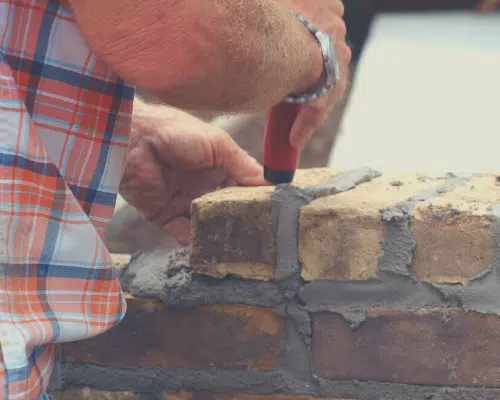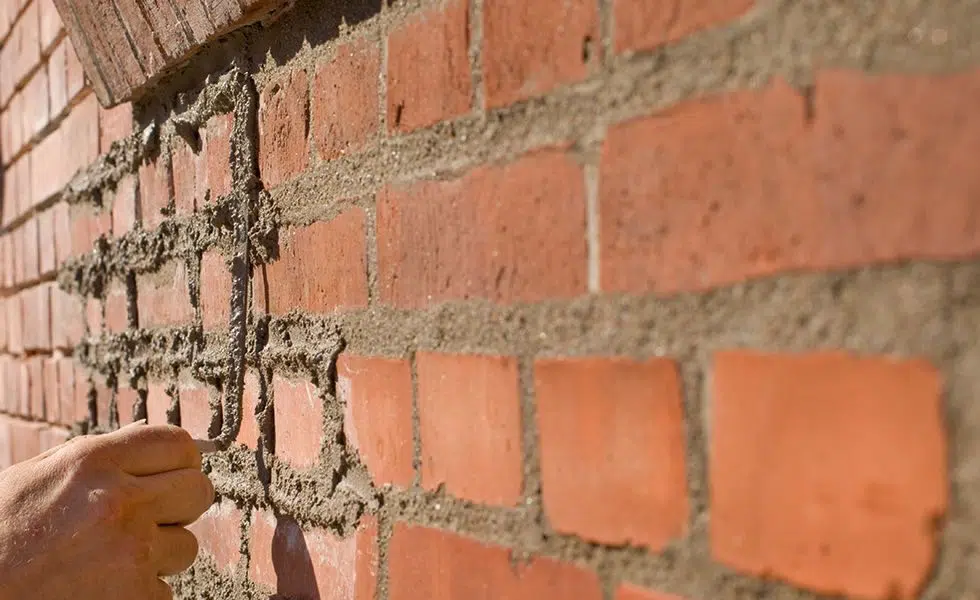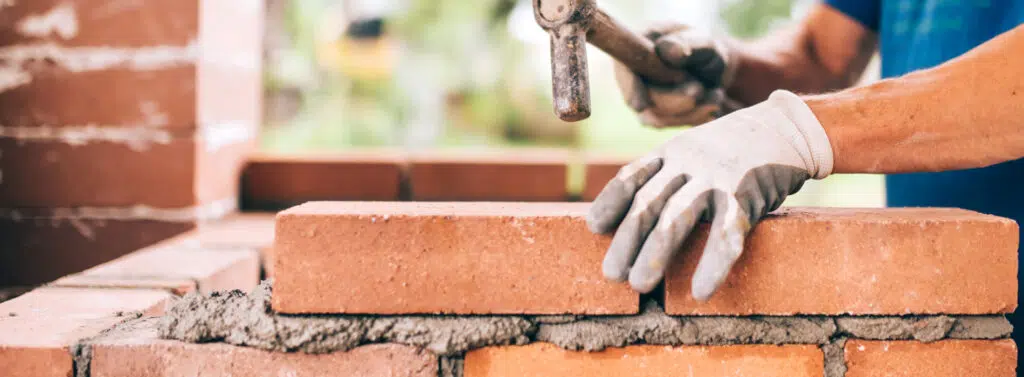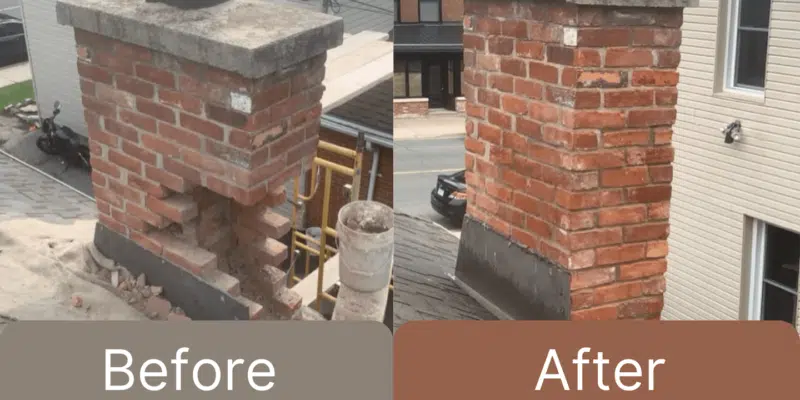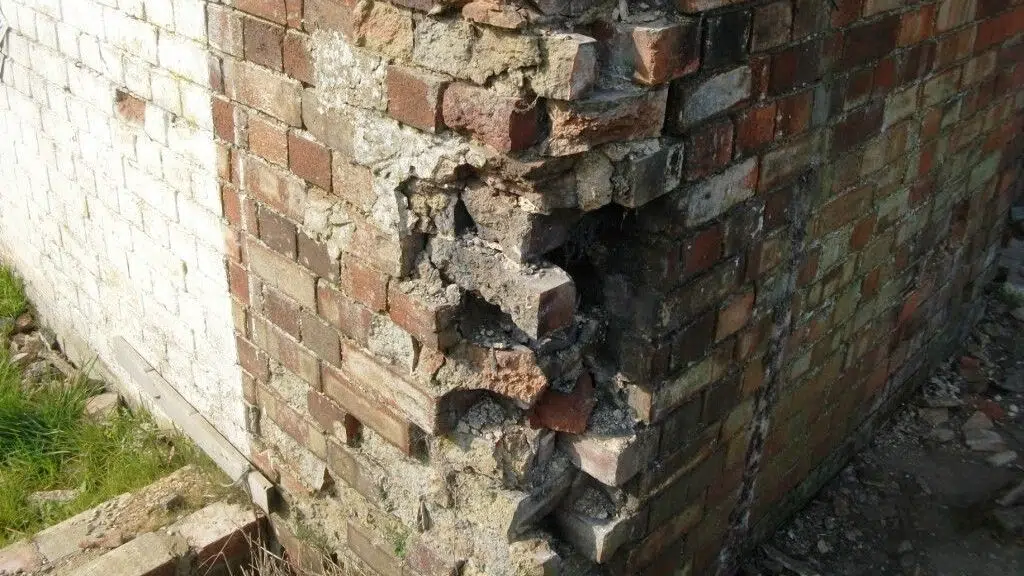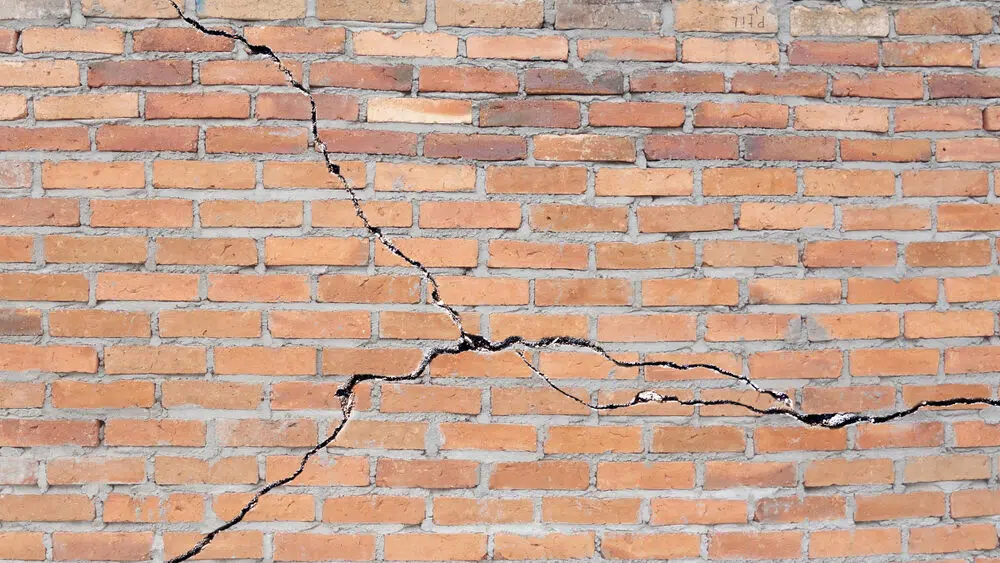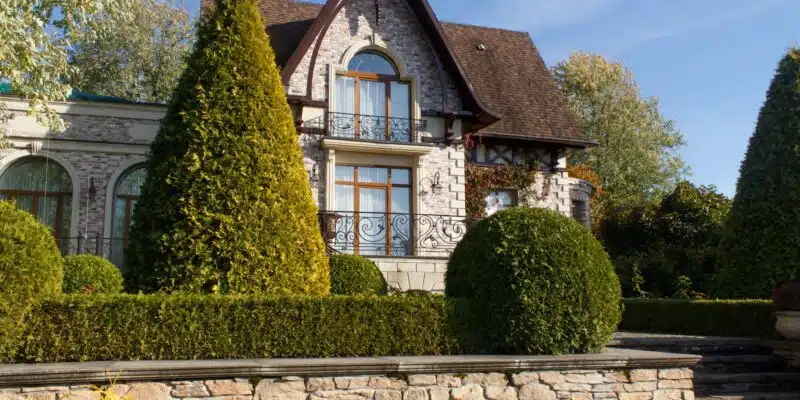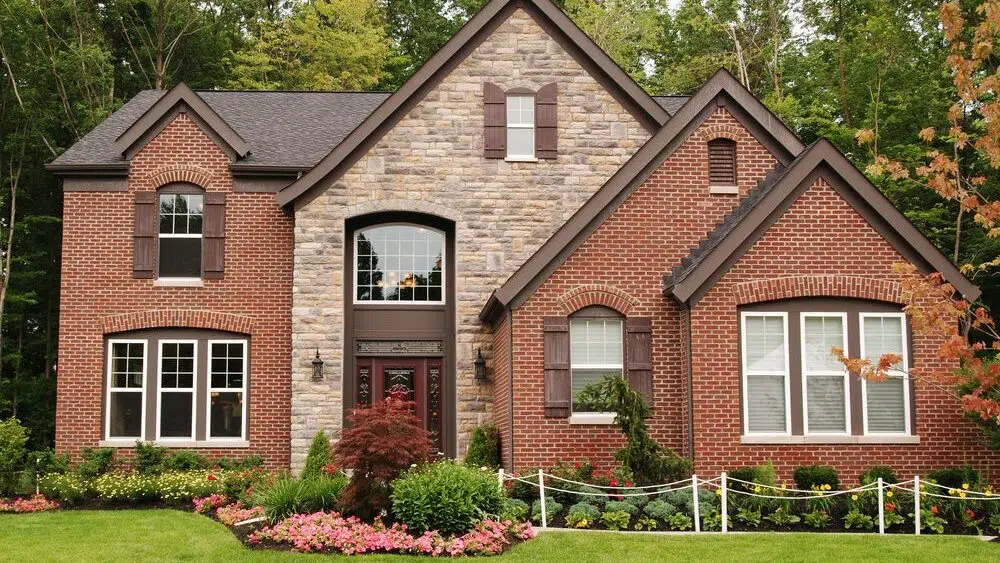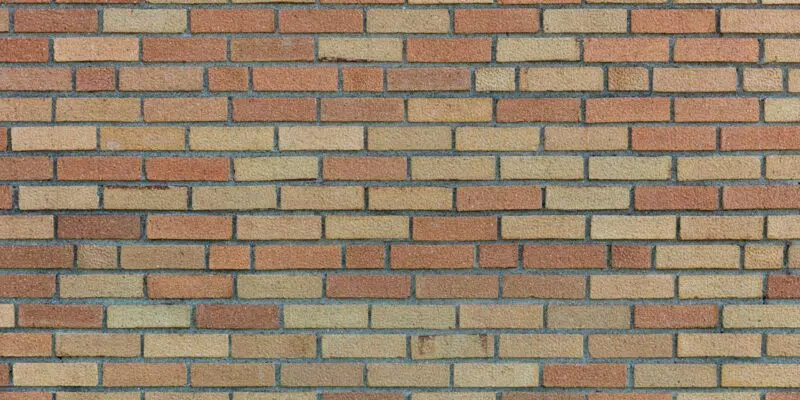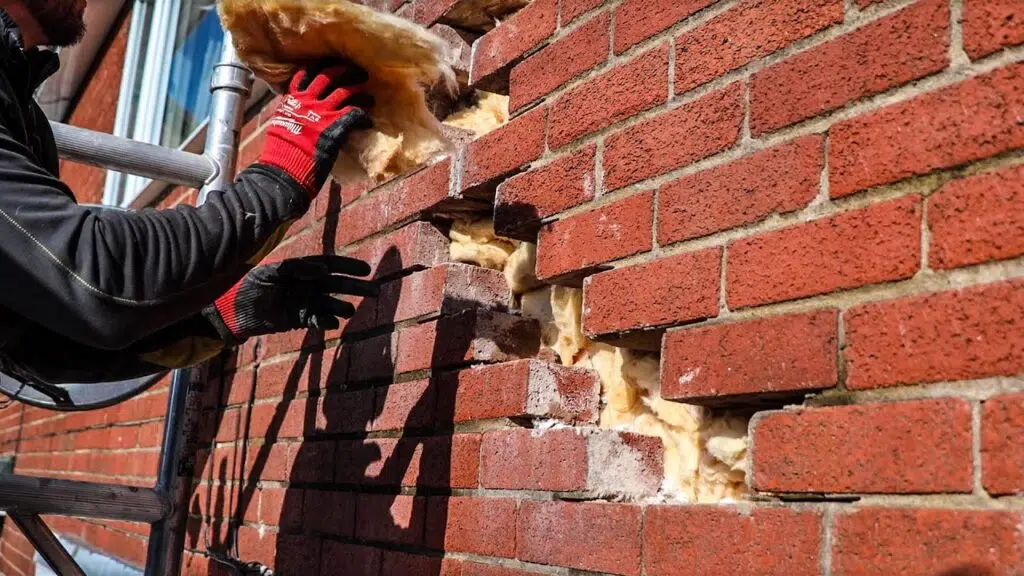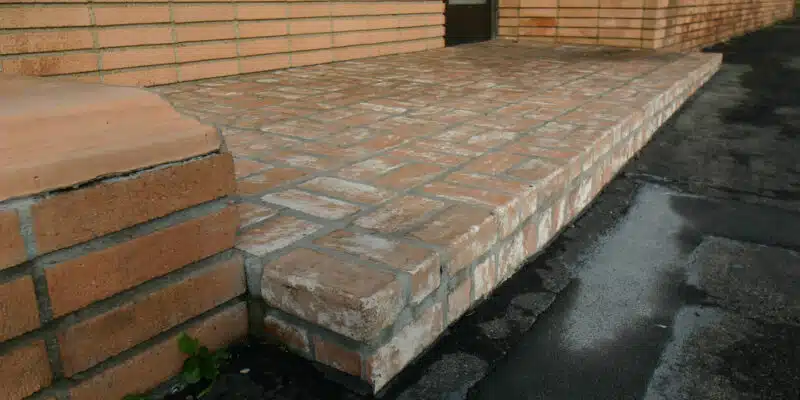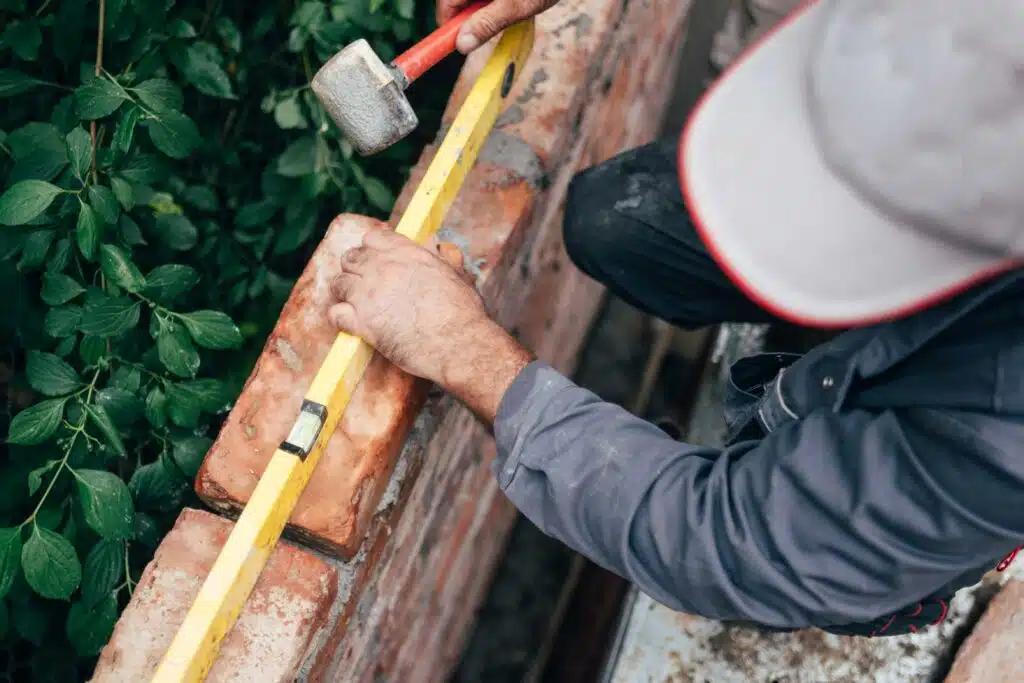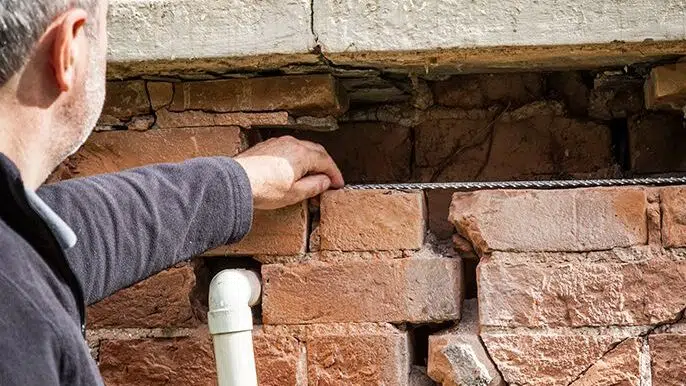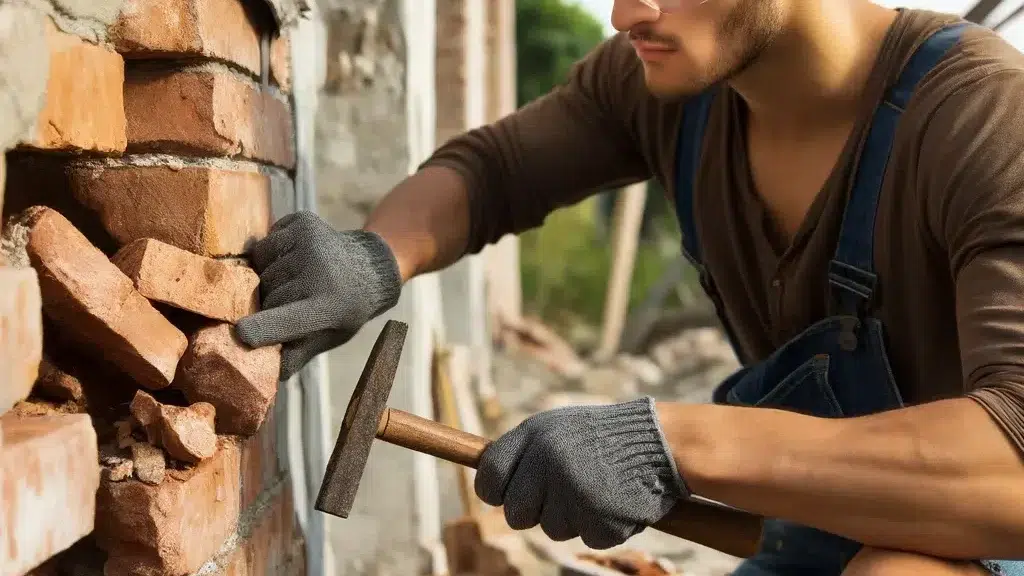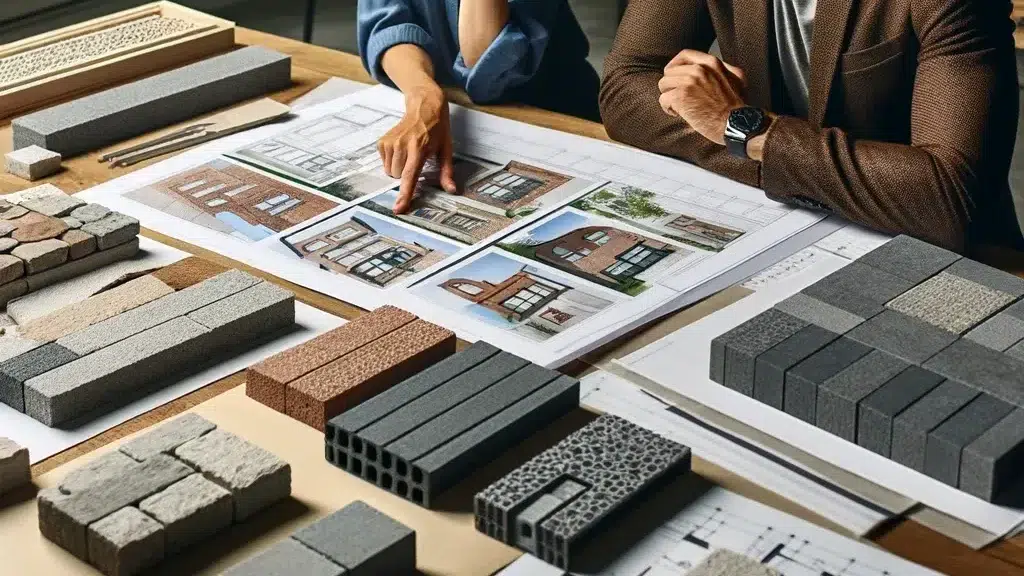As a business owner in Ontario, you understand the importance of maintaining a safe, attractive, and efficient commercial property. One often overlooked aspect of building maintenance is masonry work. Professional commercial masonry services can provide numerous benefits for your business, from enhancing structural integrity to boosting curb appeal. In this comprehensive guide, we’ll explore the advantages of hiring expert masons for your commercial property needs.
1. Improved Structural Integrity and Safety
One of the primary benefits of professional commercial masonry services is the enhancement of your building’s structural integrity and overall safety. Expert masons have the knowledge and skills to identify and address potential issues before they become major problems.
Early Detection of Structural Issues
Professional masons can spot early signs of deterioration, such as:
- Cracks in brickwork or mortar joints
- Bulging or leaning walls
- Water damage and efflorescence
- Foundation settlement
By addressing these issues promptly, you can prevent more serious structural damage and ensure the safety of your employees and customers.
Proper Repair Techniques
Commercial masonry professionals use industry-approved techniques and materials to repair and reinforce your building’s structure. This may include:
- Repointing mortar joints
- Replacing damaged bricks or stones
- Installing steel reinforcements
- Applying waterproofing treatments
These expert repairs not only improve the safety of your building but also extend its lifespan, protecting your investment for years to come.
2. Enhanced Aesthetic Appeal and Property Value
The appearance of your commercial property plays a crucial role in attracting customers and creating a positive first impression. Professional masonry services can significantly enhance your building’s aesthetic appeal and, in turn, increase its overall value.
Restoration of Historical Features
For businesses operating in older or historical buildings, professional masons can help preserve and restore original architectural features. This not only maintains the building’s character but can also increase its historical and monetary value.
Modern Design Integration
Commercial masonry services can also help modernize your building’s appearance by:
- Adding decorative elements such as archways or columns
- Creating custom signage or logos using masonry materials
- Incorporating new materials that complement existing brickwork
- Designing and installing attractive landscaping features
These improvements can make your property stand out from competitors and create a more inviting atmosphere for clients and customers.
3. Increased Energy Efficiency and Cost Savings
Properly maintained masonry can contribute significantly to your building’s energy efficiency, leading to substantial cost savings over time.
Improved Insulation
Professional masons can identify and address issues that may be compromising your building’s insulation, such as:
- Gaps or cracks in mortar joints
- Deteriorating brickwork
- Improperly sealed windows and doors
By fixing these problems, you can reduce heat loss in winter and heat gain in summer, leading to lower energy bills and a more comfortable indoor environment.
Moisture Control
Expert masonry services can help prevent moisture infiltration, which can lead to mold growth, wood rot, and other issues that can affect your building’s energy efficiency. Proper moisture control techniques include:
- Installing or repairing flashing
- Applying water-repellent sealants
- Improving drainage systems
By addressing these issues, you can maintain a drier, more energy-efficient building and avoid costly repairs down the line.
4. Compliance with Local Building Codes and Regulations
Staying compliant with local building codes and regulations is crucial for any commercial property owner. Professional masonry services can help ensure your building meets all necessary standards and requirements.
Up-to-Date Knowledge of Regulations
Commercial masonry professionals stay informed about the latest building codes and regulations in Ontario. They can:
- Identify areas of non-compliance in your existing structure
- Recommend and implement necessary upgrades
- Provide documentation for inspections and approvals
This expertise can help you avoid fines, legal issues, and potential safety hazards associated with non-compliance.
Proper Permitting and Documentation
Professional masonry services often include assistance with obtaining necessary permits and maintaining proper documentation for all work performed. This can be especially valuable when:
- Undertaking major renovations or additions
- Restoring historical properties
- Addressing structural issues that require official approval
By ensuring all work is properly documented and approved, you can protect your business from potential legal and financial risks.
5. Long-Term Durability and Reduced Maintenance Costs
Investing in professional commercial masonry services can lead to significant long-term benefits, including improved durability and reduced maintenance costs for your property.
Quality Materials and Workmanship
Expert masons use high-quality materials and proven techniques to ensure the longevity of their work. This includes:
- Selecting appropriate bricks, stones, and mortar for your specific needs
- Implementing proper installation techniques
- Using durable sealants and protective coatings
By investing in quality materials and workmanship, you can extend the life of your masonry and reduce the need for frequent repairs or replacements.
Preventative Maintenance
Professional masonry services often include recommendations for ongoing maintenance to prevent future issues. This may involve:
- Regular inspections to catch problems early
- Cleaning and sealing masonry surfaces
- Addressing minor repairs promptly to prevent larger issues
By following a preventative maintenance plan, you can avoid costly emergency repairs and extend the life of your masonry work.
Conclusion
The benefits of professional commercial masonry services for Ontario businesses are clear. From improving structural integrity and safety to enhancing aesthetic appeal and energy efficiency, expert masonry work can provide significant value to your commercial property. By ensuring compliance with local regulations and investing in long-term durability, you can protect your business and reduce maintenance costs over time.
When considering masonry work for your commercial property, it’s essential to choose a reputable, experienced provider. Look for companies with a proven track record in commercial masonry, proper licensing and insurance, and a commitment to quality workmanship. By partnering with the right masonry professionals, you can ensure that your business property remains safe, attractive, and efficient for years to come.
\n\n\nWhat is the return policy?
Our return policy allows you to return items within 30 days of purchase for a full refund.
How long does shipping take?
Shipping typically takes between 5 to 7 business days, depending on your location.
Can I track my order?
Yes, once your order has shipped, you will receive a tracking number via email.
What payment methods do you accept?
We accept various payment methods, including credit cards, PayPal, and bank transfers.
Do you offer international shipping?
Yes, we ship internationally to select countries. Please check our shipping policy for more details.

